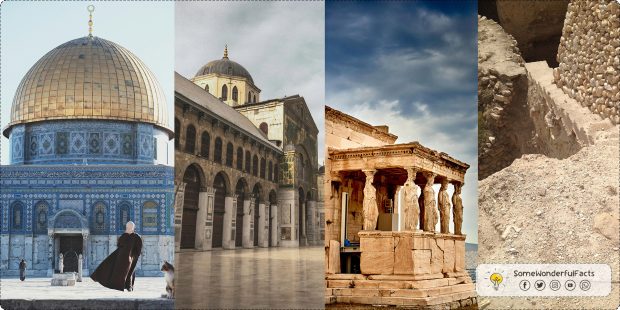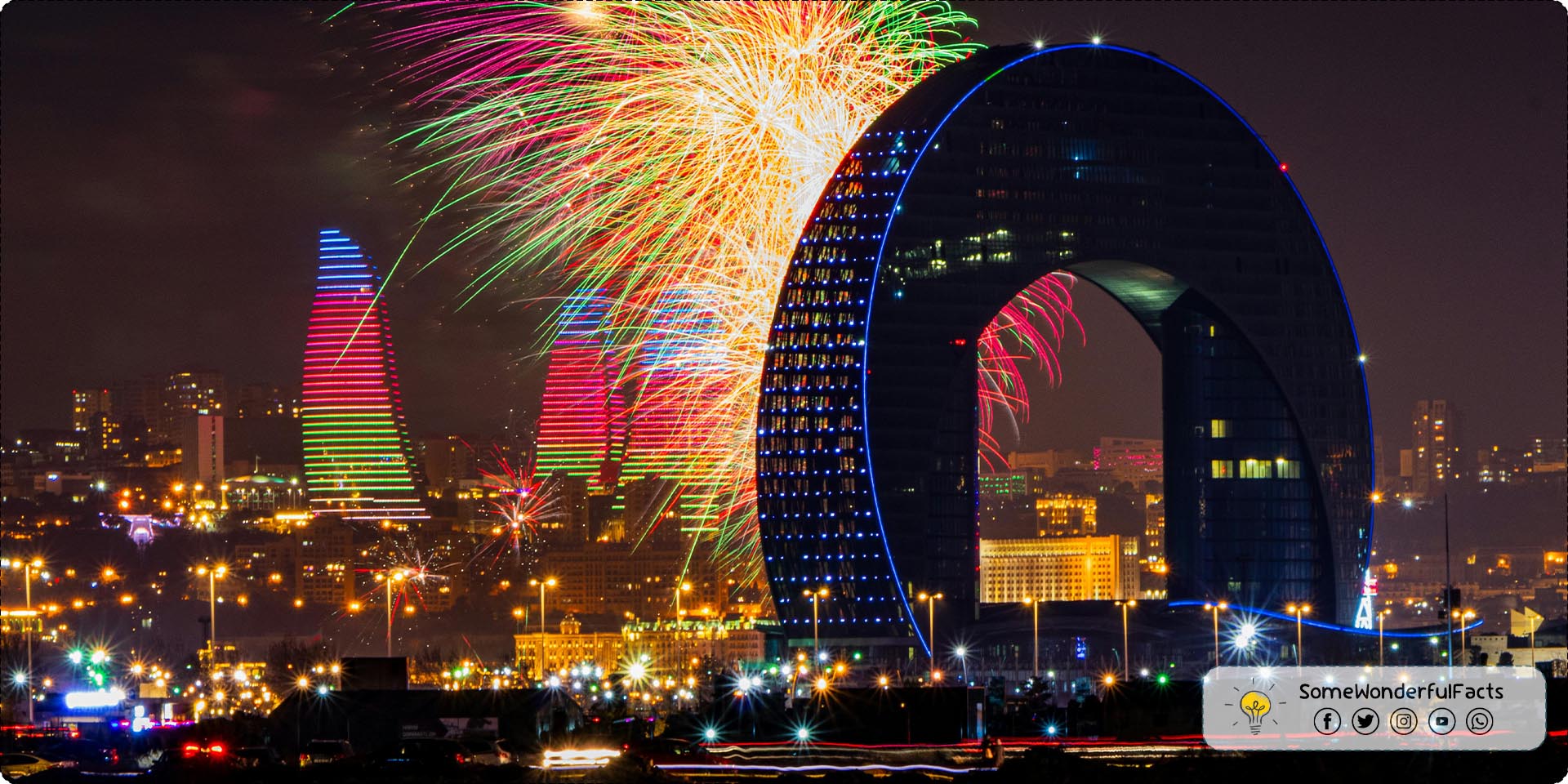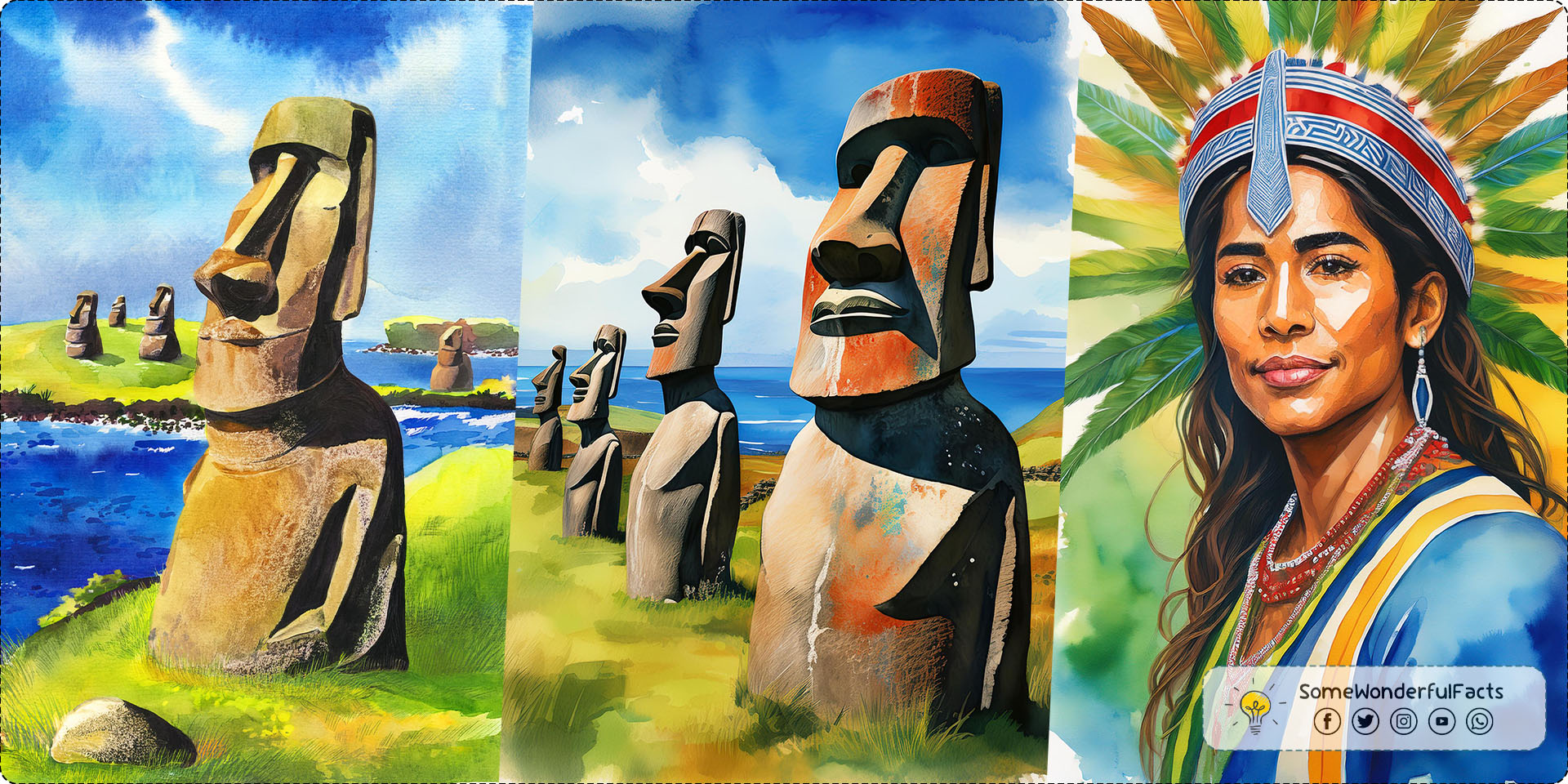
Old cities demonstrate the impact of human civilization. Here are some wonderful facts about 12 oldest continuously inhabited cities.
12. Tunis, Tunisia: The Crossroads of Civilizations
- Founding Date: Unknown, but likely very old. Some say 9 century BCE, some say 7 century BCE, and yet others say 2 century BCE.
- Importance in History: Tunis has been a center for trade and one of the most important towns in the Islamic world because it is near the Mediterranean Sea. Many distinct dynasties have called it home, including the Arab Muslims, Carthaginians, Romans, and Hafsids.
- Marvels of Architecture: In Tunis, visitors can explore a remarkable blend of history and culture, including ancient Roman baths, historic churches, and majestic palaces. Perhaps most notably, the well-preserved Medina of Tunis stands as a stunning example of Islamic urban design. Thought to be one of the best-preserved examples of its kind, the Medina is a testament to the city’s rich tapestry of influences and its enduring significance as a crossroads of civilizations.
- Cultural Insights: Tunis’s history is a mash-up of Phoenician, Roman, Islamic, and Andalusian influences. They have all contributed to the city’s distinctive and prosperous status. Agriculture, industry, tourism, and enterprises such as textiles and electrical all contribute significantly to the city’s economy.
- Adaptation and Evolution: Tunis combines its ancient history with modern challenges and opportunities. It faces economic and social problems, but it still stands as a symbol of Tunisia’s diverse past.
11. Cairo, Egypt: The City of a Thousand Minarets
- Founding Date: Founded during the 1 century BCE and formalized as a city in 969 CE, Cairo and the surrounding region have been a political center for much longer, including the ancient city of Memphis.
- Historical Significance: Cairo has served as the capital of various Islamic dynasties, and its history intertwines with ancient Egyptian civilization.
- Architectural Marvels: The Al-Azhar Mosque and the Cairo Citadel showcase Islamic architecture, while the nearby Pyramids of Giza link to ancient Egypt.
- Cultural Insights: Cairo’s bustling markets, such as Khan El Khalili, and traditional music and dance offer a glimpse into Egyptian life.
- Interesting Fact: The Egyptian Museum in Cairo houses the world’s most extensive collection of Pharaonic antiquities, including Tutankhamun’s golden mask.
10. Delhi, India: The Heart of Many Empires
- Founding Date: Delhi’s history dates to at least the 6th century BCE, and it has been continuously inhabited since ancient times.
Historical Significance: Serving as the capital of various empires, including the Delhi Sultanate and Mughal Empire, Delhi’s multifaceted history is a mosaic of cultural fusion and architectural grandeur. - Architectural Marvels: Home to UNESCO World Heritage Sites like the Red Fort, Qutub Minar, and Humayun’s Tomb, Delhi showcases a blend of Islamic, Persian, Timurid, and Indian architecture.
- Cultural Insights: Delhi’s rich cultural heritage is reflected in its vibrant festivals, arts, and cuisine. The city’s markets, such as Chandni Chowk, offer a glimpse into traditional Indian life, while modern areas like Connaught Place represent urban sophistication.
- Interesting Facts: Continuous Habitation: Delhi is one of the oldest cities in the world, with evidence of human habitation dating back over 2,500 years.
- Adaptation and Evolution: Delhi remains a dynamic city, balancing ancient traditions with modernity, despite challenges such as pollution and overpopulation. While New Delhi, which is a section of the original Delhi, is the capital of India, Delhi proper remains a symbol of India’s diverse and rich history.
9. Rome, Italy: The Eternal Empire
- Historical Significance: Founded in 753 BCE, Rome was the heart of the Roman Empire, which shaped European history for centuries.
- Architectural Marvels: The Colosseum, Pantheon, and St. Peter’s Basilica are iconic structures.
Cultural Insights: Rome’s art, fashion, and culinary traditions continue to influence global culture. - Interesting Fact: Rome, famously known as the “City of Seven Hills,” owes this nickname to its unique geographical landscape. The seven hills are Aventine, Caelian, Capitoline, Esquiline, Palatine, Quirinal, and Viminal. They have played a pivotal role in the city’s history and culture, symbolizing both the diversity and unity of one of the world’s most ancient urban centers.
8. Yerevan, Armenia: The Mountain Sentinel
- Historical Significance: Yerevan’s history dates to 800 BCE, and it has a rich cultural heritage.
- Architectural Marvels: The Cascade Complex offers a blend of modern art and architecture.
- Cultural Insights: Yerevan’s museums and galleries showcase Armenian art, history, and literature.
- Interesting Fact: Mount Ararat, considered a national symbol, is visible from many parts of the city.
7. Beijing, China: The Imperial Dragon
- Founding Date: Established around the 1100s BCE.
- Historical Significance: Beijing has been the cultural and political center for various Chinese dynasties, such as the Ming and Qing, and the seat of Communist rule.
- Architectural Marvels: The Forbidden City, a UNESCO World Heritage Site, is a vast palace complex that housed Chinese emperors.
- Cultural Insights: Beijing’s traditional Peking Opera, art, and cuisine reflect the rich heritage of Chinese culture.
- Interesting Fact: The Great Wall of China, a symbol of China’s historical strength, can be visited from Beijing.
6. Lisbon, Portugal: The Explorer’s Gateway
- Founding Date: Around 1200 BCE.
- Historical Significance: Lisbon, one of Western Europe’s oldest cities, has long been a maritime and exploratory hub, undertaking several journeys during the Age of Discovery.
- Architectural Marvels: The Jerónimos Monastery and Belém Tower are examples of Manueline architecture, a unique Portuguese style.
5. Beirut, Lebanon: The Middle East’s Paris
- Historical Significance: Beirut’s history spans over 5,000 years (to 3,000 BCE), and it has been under Roman, Byzantine, Arab, and French rule.
- Architectural Marvels: The Roman Baths and the Mohammad Al-Amin Mosque showcase the city’s architectural diversity.
- Cultural Insights: Known for its vibrant nightlife and culinary scene, Beirut is a fusion of East and West.
- Interesting Fact: The name of the city derives from the Canaanite-Phoenician word “be’erot,” meaning “wells.” This name emphasizes the city’s connection to the underground water table, an essential aspect that has likely contributed to its historic significance and sustainability.
4. Jerusalem, Palestine/Israel: The Sacred Heart
- Historical Significance: Founded between 3,000 and 2,000 BCE, Jerusalem’s Old City is home to significant religious sites like the Western Wall, Church of the Holy Sepulchre, and Al-Aqsa Mosque. It should be noted that both Palestine and Israel consider the city their capital, while most of the international community treats it as an international territory still under negotiation per UN Resolution 181.
- Architectural Marvels: The Dome of the Rock, with its golden dome, is an iconic landmark.
- Cultural Insights: Jerusalem’s complex history has shaped a city with diverse cultural traditions and festivals.
- Interesting Fact: The city has been destroyed twice, besieged 23 times, attacked 52 times, and captured and recaptured 44 times.
3. Athens, Greece: The Cradle of Wisdom
- Historical Significance: Founded in 3,000 BCE, Athens is known as the birthplace of democracy. It played a pivotal role in shaping Western philosophy and the arts.
- Architectural Marvels: The Acropolis, with the Parthenon temple, is a symbol of ancient Greek civilization.
- Cultural Insights: Athens’s vibrant street art scene reflects modern creativity within a historical context.
- Interesting Fact: The city is named after Athena, the goddess of knowledge, who won the city’s favor by bestowing the olive tree on its inhabitants.
2. Damascus, Syria: The Timeless Crossroads
- Founding Date: Established around 10,000 to 8,000 BCE based on archaeological evidence. More established documentation attests to more city-like habitation around 3,000 BCE.
- Historical Significance: Known as one of the oldest continuously inhabited cities, Damascus has been a cultural and commercial center for over 4,000 years.
- Architectural Marvels: The Umayyad Mosque, an architectural masterpiece, stands as a symbol of Islamic heritage.
- Cultural Insights: Damascus’s Old City, a UNESCO World Heritage Site, showcases a blend of Roman, Christian, and Islamic influences.
- Interesting Fact: The name of the city, Damascus, has ancient origins, deriving from a word that means “a well-watered place.” This etymology reflects the city’s historical importance as a lush oasis in the region, a symbol of life and sustenance in a challenging landscape.
1. Jericho, West Bank (Palestinian Territories): Dating back to between 11,000 and 9,300 BCE, Jericho is believed to be the oldest continuously inhabited city on Earth.1 Fortifications unearthed in Jericho dating back to between 9,000 and 8,000 BCE confirm it’s also the earliest known walled city.2 Incredibly, Jericho has remained inhabited—and dry—throughout history despite its location well below sea level. This fact also makes the city the lowest permanently inhabited site on Earth. In 2017 it had a population of roughly 20,000.
Source: SomeWonderfulFacts.Com




